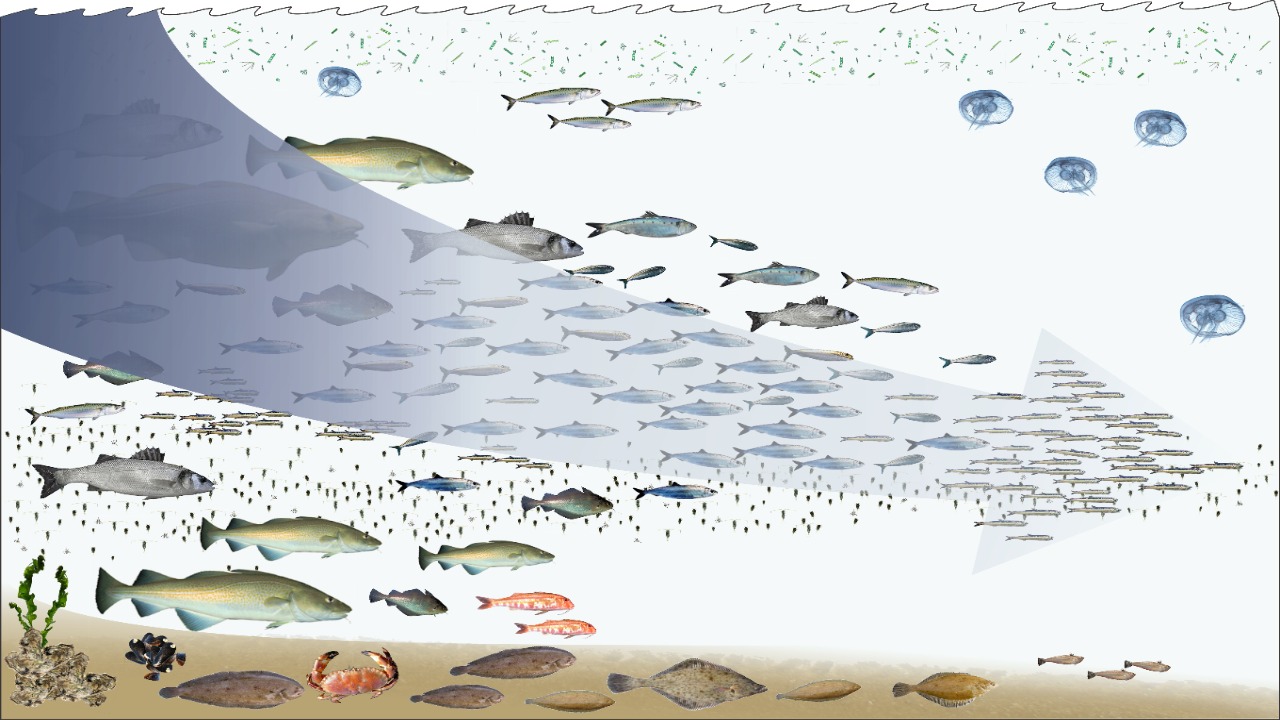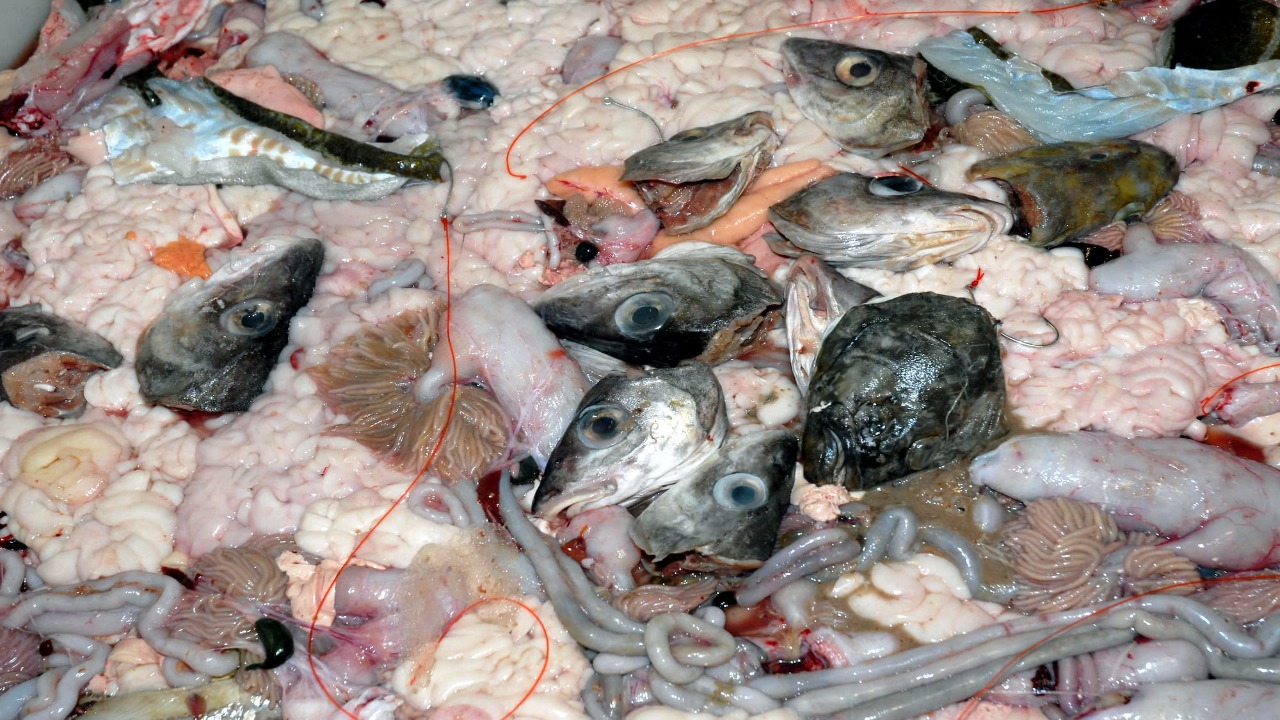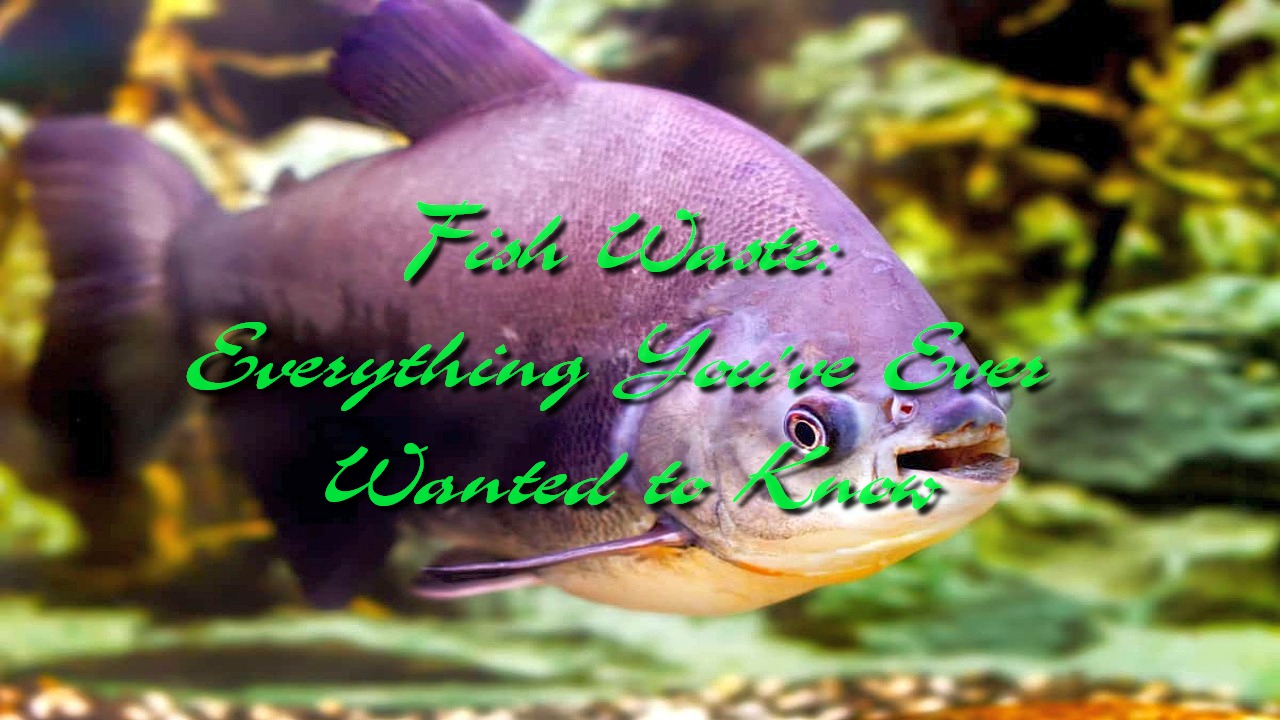Fish waste is a crucial aspect of aquaculture and fisheries management that often goes unnoticed by the general public. It encompasses various by-products generated throughout the fish production process, including uneaten feed, excretions, and other organic matter. A valuable tool in comprehending the intricate dynamics of fish waste is the fish poop chart, which visually represents the nutrient composition and ecological impact of different species’ excretions, aiding researchers and aquaculturists in making informed decisions for a more efficient and eco-friendly industry. Understanding fish waste is essential for maintaining a sustainable and environmentally responsible approach to fisheries and aquaculture.
Types of Fish Waste

Fish waste comes in different forms, each with its unique characteristics. Uneaten feed is a common type, occurring when fish are overfed or when the feed quality is poor. Excretions, such as feces and urine, contribute significantly to fish waste. Decomposing organic matter, including dead fish and plant material, also adds to the overall waste load. The composition of fish waste varies based on the species of fish, the type of feed used, and the production system employed.
Environmental Impact of Fish Waste
While fish waste is a natural part of aquatic ecosystems, excessive amounts can have detrimental effects on water quality and biodiversity. The accumulation of organic matter can lead to oxygen depletion in water bodies, harming aquatic life. High nutrient levels from fish waste can also trigger algal blooms, negatively impacting water quality and posing a threat to the health of both aquatic ecosystems and human populations relying on those waters for various purposes.
In aquaculture settings, improper waste management can result in the discharge of nutrient-rich effluents into surrounding water bodies, leading to eutrophication. This process causes an overgrowth of algae, disrupting the balance of the ecosystem and creating “dead zones” where oxygen levels are too low to support most marine life. Sustainable aquaculture practices, such as implementing recirculating systems and efficient waste removal strategies, are essential to minimize the environmental impact of fish waste.
Utilization of Fish Waste

Rather than considering fish waste solely as a problem, there is growing interest in its potential as a resource. Fish waste contains valuable nutrients, including nitrogen and phosphorus, which can be utilized in various ways. One common practice is the production of fishmeal and fish oil, which serve as essential components of aquaculture feeds. Additionally, fish waste can be processed into organic fertilizers, providing a sustainable alternative to chemical fertilizers in agriculture.
In some integrated aquaculture systems, fish waste is used to fertilize crops, creating a symbiotic relationship between aquaculture and agriculture. This approach, known as aquaponics, not only minimizes the environmental impact of fish waste but also maximizes resource use efficiency. Research and innovation in this field are crucial for developing new and efficient ways to harness the potential of fish waste for various applications.
Regulatory Measures and Future Perspectives
Recognizing the environmental implications of fish waste, regulatory measures are being implemented to promote responsible waste management in both fisheries and aquaculture. These measures include guidelines for feed management, effluent control, and the development of best practices to minimize waste production. As the demand for fish products continues to rise, the industry is under increasing pressure to adopt sustainable practices and reduce its ecological footprint.
Looking ahead, continued research and technological advancements will play a key role in optimizing the utilization of fish waste and minimizing its environmental impact. From innovative waste-to-energy solutions to the development of value-added products from fish by-products, the future holds promising possibilities for turning fish waste into a valuable resource while ensuring the long-term sustainability of global fisheries and aquaculture.
